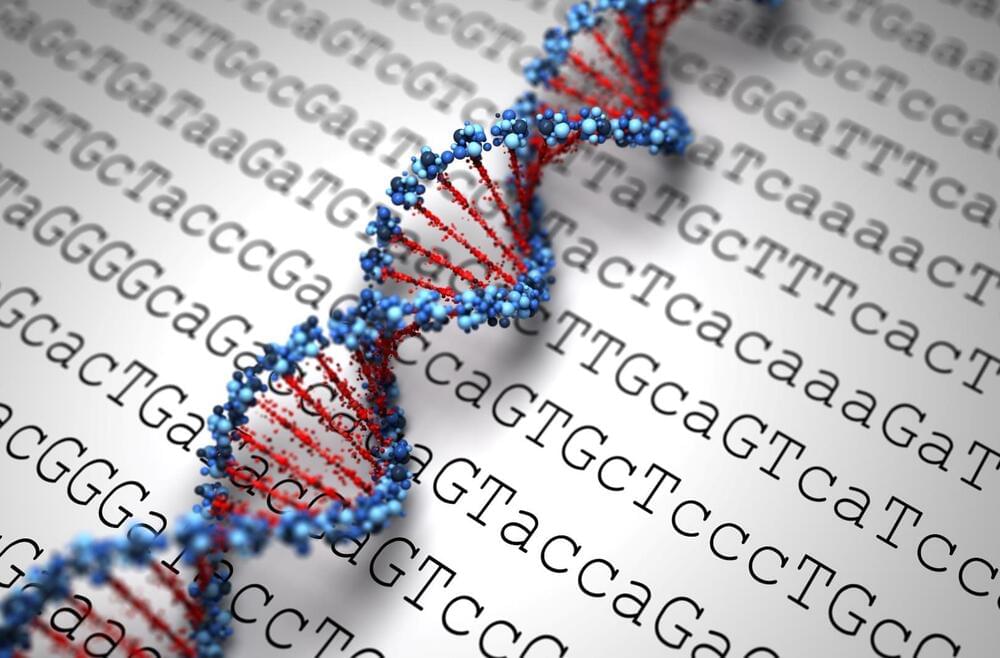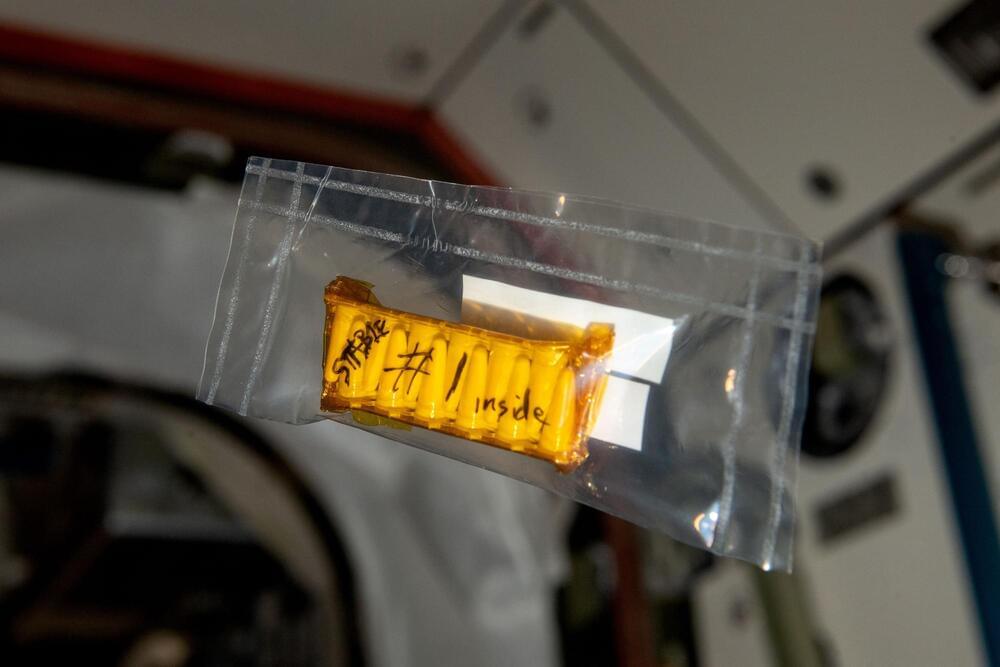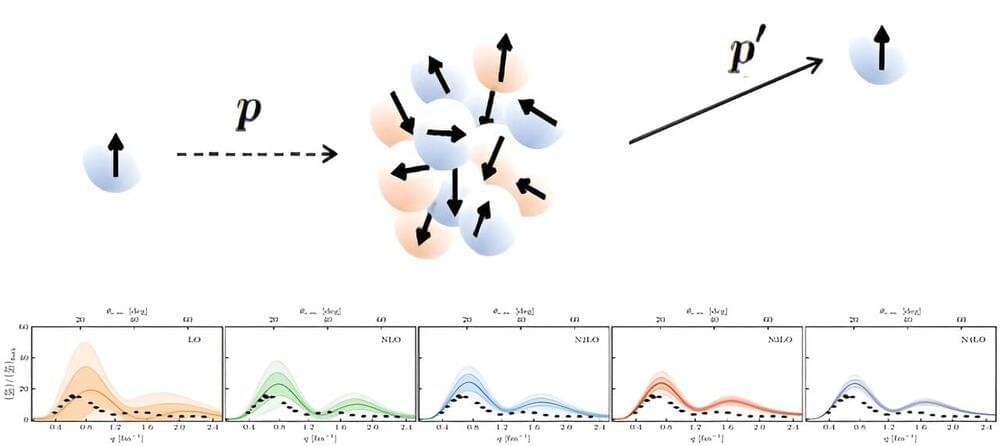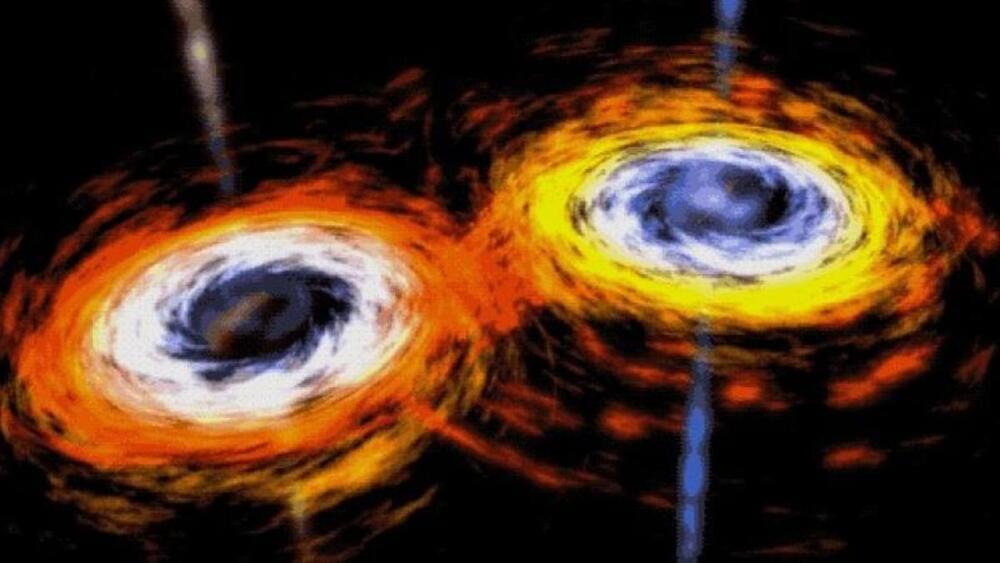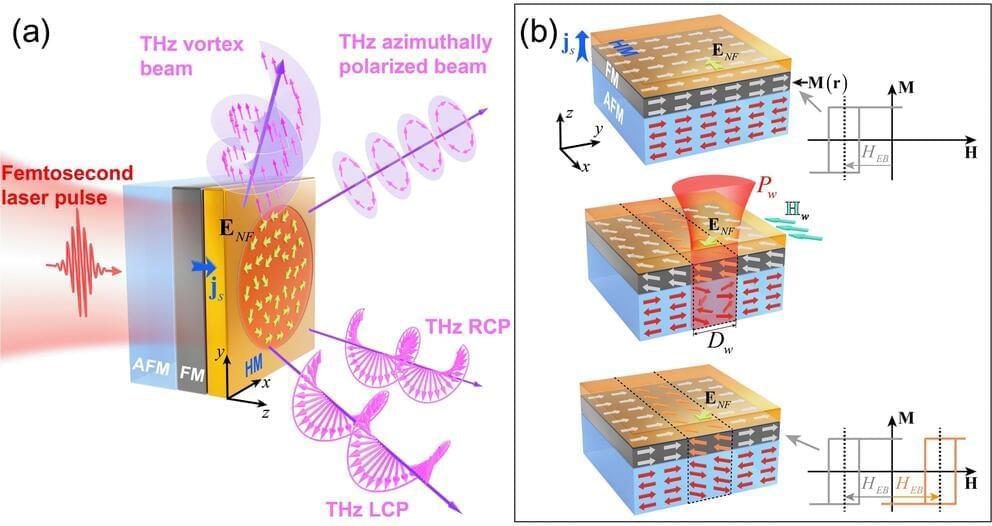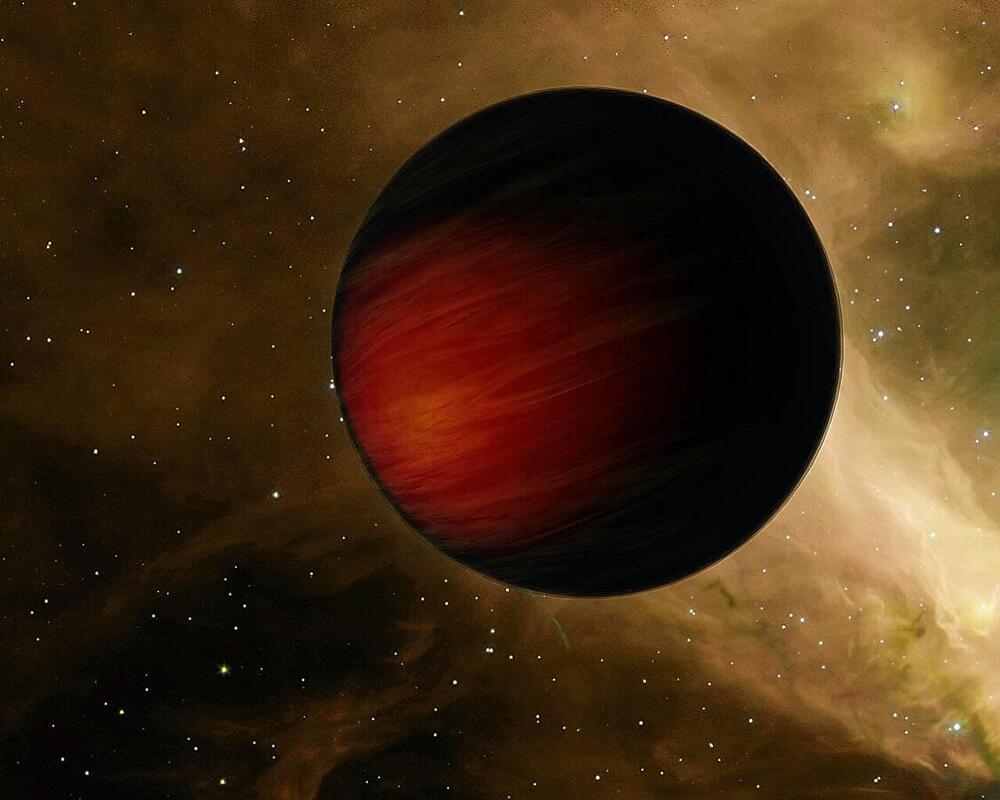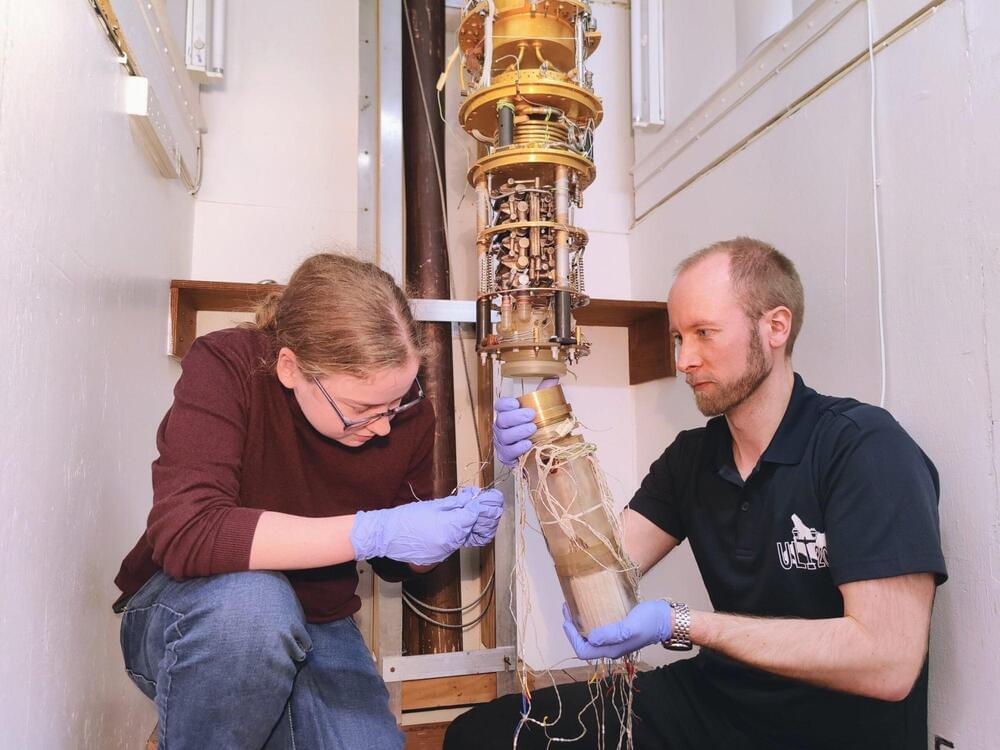Jul 9, 2024
Lake and river foams study reveals high PFAS levels, even though underlying water may be less contaminated
Posted by Michael Taylor in category: engineering
According to a new study of rivers and lakes in Wisconsin, natural foams from these bodies of water contain much higher concentrations of per-and polyfluoroalkyl substances (PFAS) than the water below them.
Thirty-six different kinds of PFAS compounds were analyzed in samples of both the foams and water surface microlayers of 43 Wisconsin rivers and lakes. The study, which is published in Environmental Science & Technology, also revealed that foams, generally off-white and found along shorelines, are not necessarily an indicator of elevated contamination levels in the entire water body.
“We studied many different lakes and found PFAS in all of them. The PFAS concentrations were high in the foams even if the concentrations in the water were relatively low,” said Christy Remucal, a professor with the University of Wisconsin–Madison Department of Civil and Environmental Engineering and interim director of the University of Wisconsin Aquatic Sciences Center.


